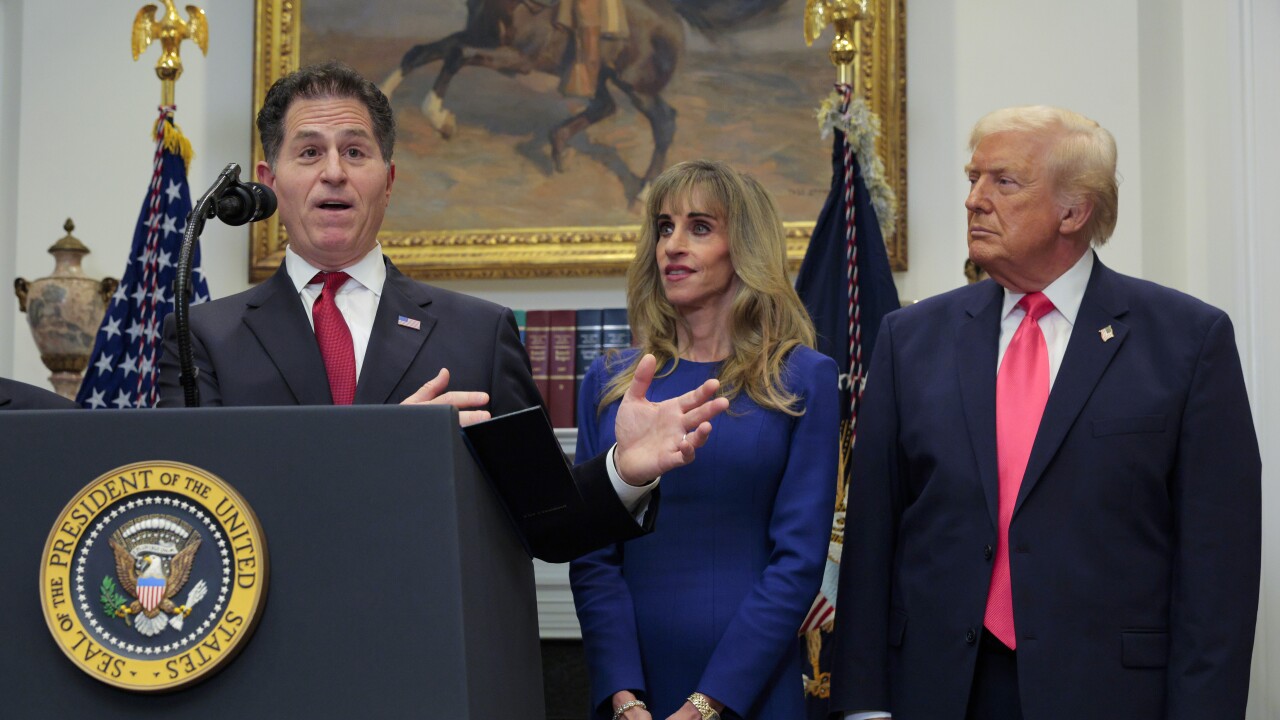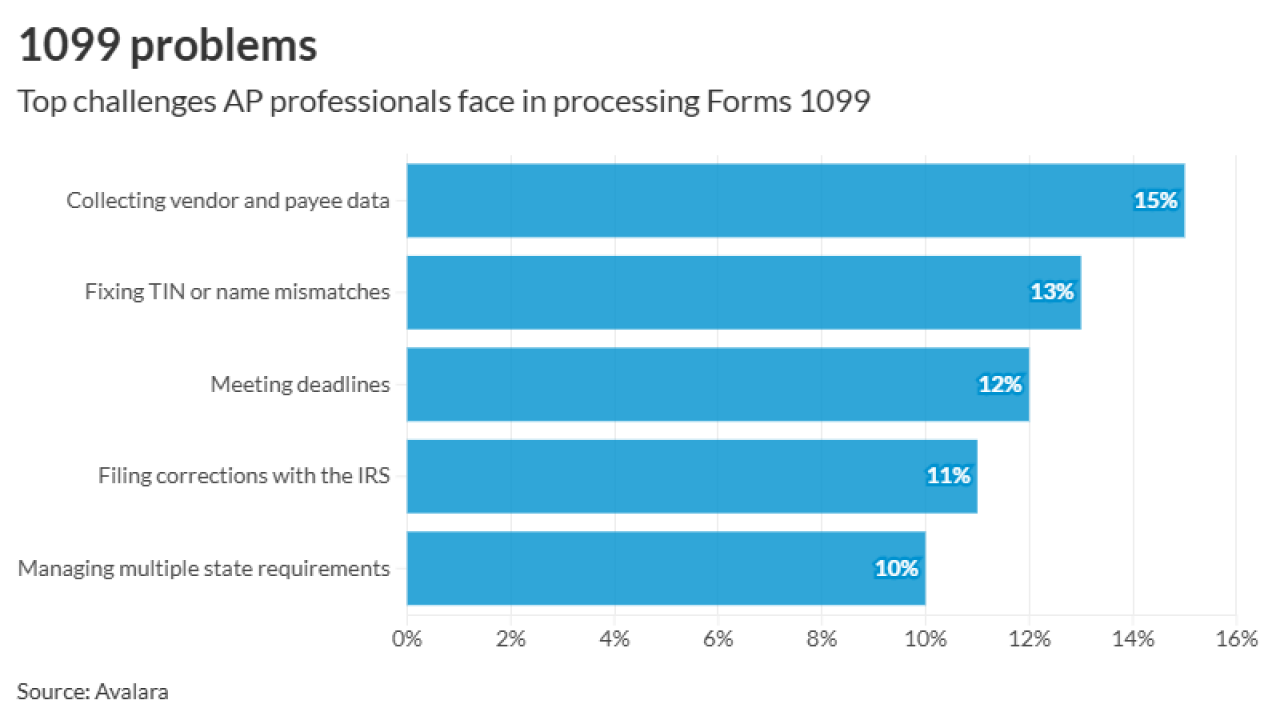Hiring and spending levels at small businesses remained depressed in May, as did plans to do more in the near future, according to a new survey.
The Nation Federation of Independent Business’s Index of Small Business Optimism for May was 94.4, a historically low figure and consistent with the sub-par performance of GDP and employment growth. Individual indicators were mixed, with expected sales in a three-month decline. However, some employment components improved and profit trends remained relatively stable after its sharp gain in April.
“In the last year, small-business optimism has limped along, and today the sector is no better off than it was just over a year ago,” said NFIB chief economist William Dunkelberg. “The lack of progress is discouraging, producing no signs that economic activity will pick up this year at all. The calculus of spending decisions requires an estimate of future sales, tax rates, interest rates and credit availability, labor costs, health-care costs, regulatory compliance costs, all of which are very uncertain. Most of this uncertainty is the result of what is happening—and not happening—in Washington. Investments in jobs or plant and equipment are not the priority while people are still bracing for the worst.”
Expectations for increasing future sales continued to be weak, far below readings recorded in any other recovery period since 1973. Sixty percent of those surveyed said now is a bad time to expand their businesses; one in four of those owners cited political uncertainty as the main reason, second only to concerns about a weak economy.
However, prospective labor market indicators posted gains that built upon those reached in April. There was gradual improvement in reports of collecting and paying bills on time, and trade credit availability improved. Compensation continued to show some strength, and price hikes moderated.
The future remains uncertain for small-business owners; many tentative to expand their businesses or hire more workers in the coming months. Only 7 percent (seasonally adjusted) characterized the current period as a good time to expand facilities—this reading is unchanged from the previous month. The net percent of owners expecting better business conditions in six months was a negative two percent (a 3 point improvement). However, more owners still expect the economy to deteriorate further than those who anticipate improvement. A net 2 percent of all owners expect improved real sales volumes, down 4 points, the third monthly decline in a row.
Twenty percent reported that “poor sales” are their top business problem, up 1 point from April. Overall, the outlook is not conducive for new spending or hiring.
Based on data about capital expenditures, small-business spending appears to be more for maintenance than for expansion. The frequency of reported capital outlays over the past six months rose 1 point to 55 percent, 11 points above the historic low last reached in August 2010, but still below readings from the first half of 2008. For historical context, an average of 60 percent of firm owners reported making capital outlays on 2007. Of those making expenditures in May, 37 percent reported spending on new equipment (down 2 points), 24 percent acquired vehicles (up 2 points), and 14 percent improved or expanded facilities (up 1 point). Seven percent acquired new buildings or land for expansion (up 1 point) and 13 percent spent money for new fixtures and furniture (unchanged). Overall, the sector exhibited small and incremental improvements in spending. The percent of owners planning capital outlays in the next three to six months dropped 1 point to 24 percent.
The change in employment per firm seasonally adjusted was a wash – coming in at a net “0”. Seasonally adjusted, 10 percent of the owners added an average of 2.6 workers per firm over the past few months, and 15 percent reduced employment an average of 2.1. The remaining 75 percent of owners made no net change in employment. Fifty-one (51) percent of the owners hired or tried to hire in the last three months and 37 percent (73 percent of those trying to hire or hiring) reported few or no qualified applicants for positions. The figures suggest that job creation was very weak, and finding workers for open positions is proving a challenge for some owners. The percent of owners reporting hard to fill job openings rose 3 points to 20 percent, the highest reading since June 2008, indicating that labor markets are tightening—either because labor demand is quietly rising or potential workers continue to leave the workforce. Seasonally adjusted, the net percent of owners planning to create new jobs rose 1 point to six percent, confirming the 5 point jump recorded in April. Overall, there was little improvement in the numbers to suggest that job creation will enjoy any precipitous increase in the near future.
Sales appear to be improving modestly in the small business sector. The net percent of all owners (seasonally adjusted) reporting higher nominal sales over the past three months dropped 2 points, falling to two percent, the second highest reading in 60 months (the highest was April’s reading of 4 percent). The low for the cycle (July 2009) was a net negative 34 percent reporting quarter over quarter gains, making the last few monthly readings a reason to be encouraged.
Seasonally unadjusted, 25 percent of all owners reported higher sales (last three months compared to prior three months, unchanged) while 27 percent reported lower sales (down 3 points). Spending on services has shown little life, it remains weak overall, handicapping a sector of the economy that is labor intensive and is the source of many potential new jobs. The net percent of owners expecting higher real sales in the coming months lost 4 points, falling to a net 2 percent of all owners (seasonally adjusted). Not seasonally adjusted, 36 percent expect improvement over the next three months (down 5 points) and 21 percent expect declines (up 2 points).





